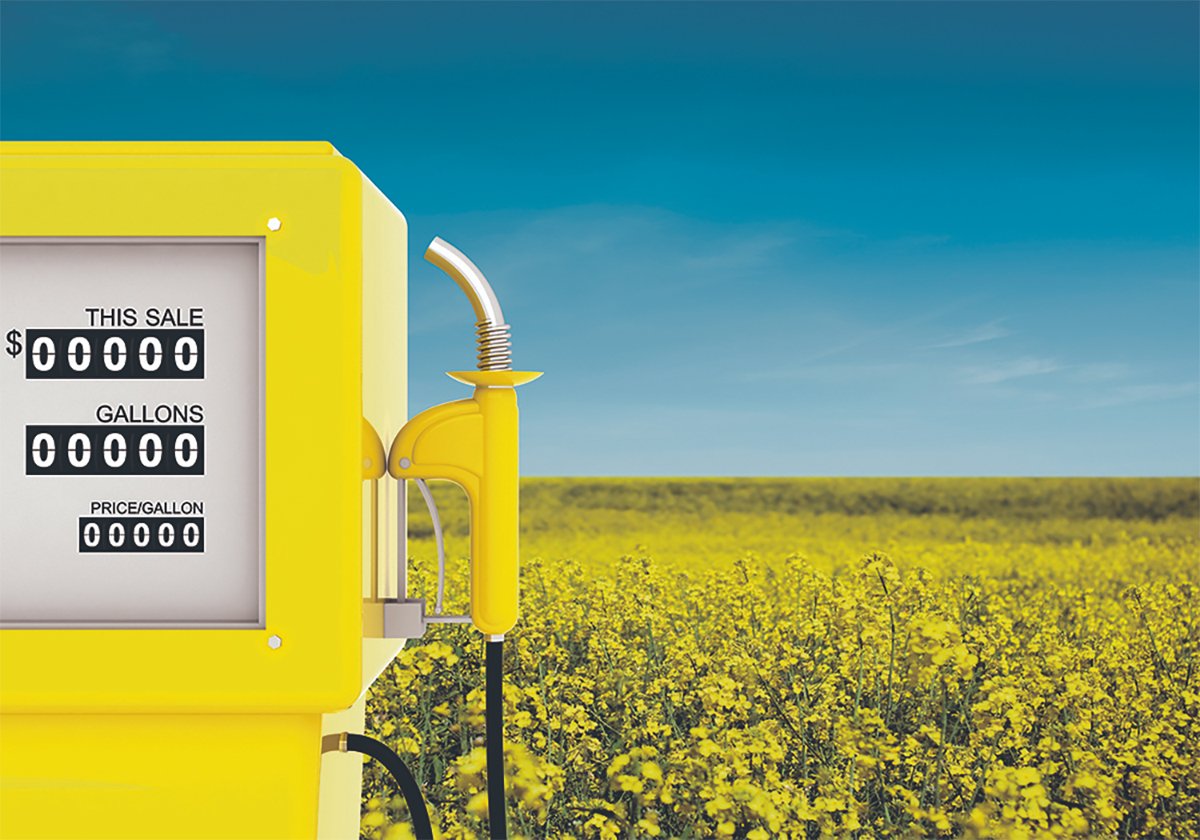Basis levels are returning to normal after last year’s grain backlog sent them soaring, and a smaller crop this year could see them drop further, said an agricultural economist.
However, Richard Gray of the University of Saskatchewan warned that over the long term yields are generally becoming larger, and farmers could easily find themselves back in a backlog unless changes are made.
He told farmers at two recent conferences that wide basis is one of the biggest issues they face.
Unusually wide basis was responsible for much of the estimated $5.1 billion in losses caused by the transportation problems.
Read Also

Biofuel sector happy with federal budget
Advanced Biofuels Canada says new Biofuel Production Incentive is a lifeline until CFR amendments are in place.
In this case, Gray was defining basis as the difference between the price of a tonne of grain at port and what farmers receive at the elevator.
Gray said it typically averages about $70 per tonne to Vancouver but hit $250 at one point in early 2014.
Basis has come down to normal levels since the government ordered the railways to start moving grain. As well, this year’s dry conditions are signalling a smaller crop.
Excess capacity and smaller supply prompts grain companies to bid more aggressively for grain and tightens basis.
“But when available exportable supplies exceeds the capacity of the system to move it, the capacity must be rationed,” Gray said.
“This is done by lowering the (country elevator) bid prices.”
He said losses become real as basis climbs. For example, excess basis of $43 per tonne translates to $2 billion out of farmers’ pockets.
He said this problem could return as grain production and exports rise and railways become busier.
Gray said several things are re-quired to fix the problem, including increased west coast capacity.
The natural flow of all prairie grain is west, he said. For example, the cheapest way to move grain from Brandon to Europe is through Vancouver and the Panama Canal.
“Think about shipping to China,”
Canada should also ship more grain by container, Gray said.
Australia shipped 2.5 million tonnes that way last year.
“We’ve got empty cans going back to Asia every day that we’re not using,” he said.
There is also a role for the port of Churchill if crops are large, Gray added.
However, in years with smaller crops, narrow basis and unused capacity, that port is likely the one that would feel the impact.
He said deregulated rail rates are not the answer to provide improved capacity and lower basis. American shippers, who have a less regulated system, are paying two to three times more than what Canadians are paying. Basis between Minneapolis and Portland was as high as $4.50 per bushel last crop year.
However, incentives to move grain in the winter might work. Gray said it is more expensive to move grain by rail at that time, so paying a little more might help.
“The only market solution here is open running rights, and that’s not going to happen any time soon,” he said, referring to a railway being required to give access to their rails to trains from competing companies. He said there should also be futures contracts with the west coast as the pricing point and better crop forecasting.
Farmers should know their numbers, monitor export basis levels and ask for as much data as they can get.
“The stakes are large,” he said.
“There are solutions that require policy action, but if producers don’t say anything or don’t make any push for it, it’s not going to happen.”















